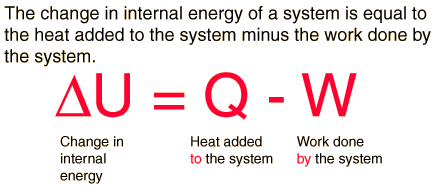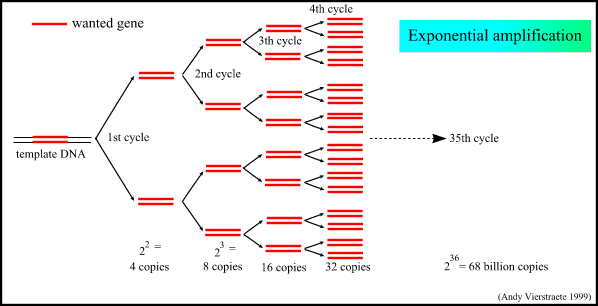Purpose: to explore the relationship between cellular respiration and muscle fatigue
Material: clothespin, timer or clock
Procedure:
1. Hold a clothespin in the thumb and index finger of you dominant hand.
2. Count the number of times you can open and close the clothespin in a 20 second period while holding the other fingers of the hand straight out. Make sure to squeeze quickly and completely to get the max number of squeezes for each trial.
3. Repeat this process for 6 more 20 second periods, recording the result for each trail in a suitable table. Try not to rest you fingers between the trials.
4. Repeat this procedure for the non-dominant hand.
5. Prepare a suitable graph.
Experiment:
Trials\hands | Right (dominant) | Left (non-dominant) |
1 | 105 | 87 |
2 | 99 | 92 |
3 | 92 | 89 |
4 | 80 | 89 |
5 | 79 | 96 |
6 | 73 | 92 |
7 | 102 | 90 |
Analysis:
1. What happened to your strength as you progressed through each trial?
My strength decreased as I progressed through each trial. However during the activity I allowed my hand to rest for a bit which allowed me to gain back some strength.
2. Describe how your hand and finger felt during the need of your trials.
My hands felt stiff and tired.
3. What factors might cause you to get more squeezes (to have less fatigue)?
Factors are focusing my mind on other things, consuming things that may give me energy and the amount of rest I had previously
4. Were your results different for the dominant and the non –dominant hand? Explain why they would be different.
Yes, they are different. This is because we tend to use the dominant hand more than the non-dominant hand. As result, the dominant hand is more adjusted to performing labour.
5. Your muscles would probably recover after 10 minutes of rest to operate at the original squeeze rate. Explain why.
The reason we feel the fatigue is due to the build-up of lactic acid. Thus is we rest 10minute. We allow to lactic acid to be removed.


















,%20KS(+--)_files/mappblueminus.gif)





